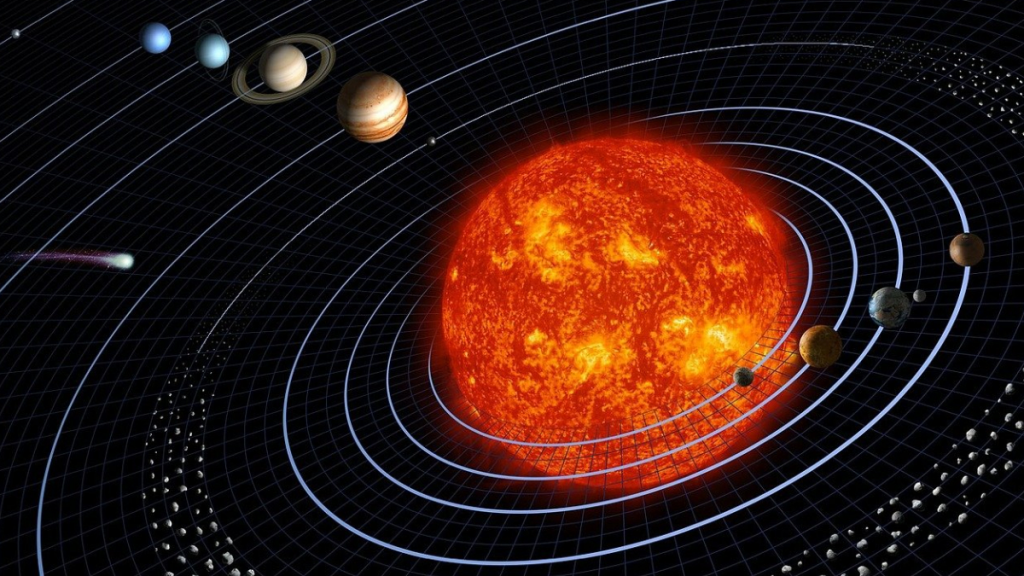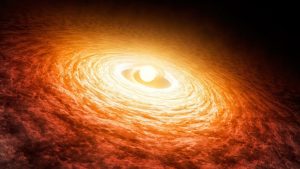Telescope Using Sun’s Gravitational Lens Could Help Detect Signs of Life on Exoplanets, Researchers Say
NASA has funded a project to develop a telescope that would help observe exoplanets by using the gravitational lens of the Sun, according to a new report. The telescope could eventually be used to detect life on nearby exoplanets, and the project has receieved funding as part of NIAC’s three-phase program.

The NASA Institute for Advanced Concepts (NIAC) has funded a project to develop a telescope that would help observe exoplanets by using the gravitational lens of the Sun. The funding is part of NIAC’s three-phase program, which supports exceptional ideas in the field of astronomy and space exploration. The telescope is likely to come in handy for detecting biosignatures on the nearby exoplanets. The white paper for the ambitious projects has recently been released.
So far, only three such projects have received Phase 3 funding from NIAC, according to a report by Universe Today. For the telescope, $2 million (roughly Rs. 15 crore) in funding has been given to the NASA’s Jet Propulsion Laboratory (JPL). The laboratory’s scientist Slava Turyshev was the principal investigator for the first two phases of the project, according to the report.
Turyshev joined hands with the Aerospace Corporation to release the white paper and described the concept behind the mission, detailing the project and explaining what technologies exist today and those that require further development.
In the mission, rather than launching a large craft that would be time-consuming, scientists would send small cube sats followed by self-assembly. The journey to the solar gravitational lens point (SGL) is estimated to take 25 years, as per Centauri Dreams.
The SGL point is a straight line located between the star around which the exoplanet exists and around 550-1000 AU on the other side of the Sun. The distance to be covered here is massive and to speed up the travel, the spacecraft in the mission will use the gravitational boost from the Sun. The technique has been used earlier but traversing the distance at such high speed can pose more challenges, especially when the mission is a fleet of ships instead of being a single body.
As the mission would get in close proximity to the Sun, the instruments on it will have to be hardened more so that they stand the intense radiation. In addition, maintaining coordination between multiple satellites d making them form a fully functional spacecraft after the maneuver could also become difficult.



